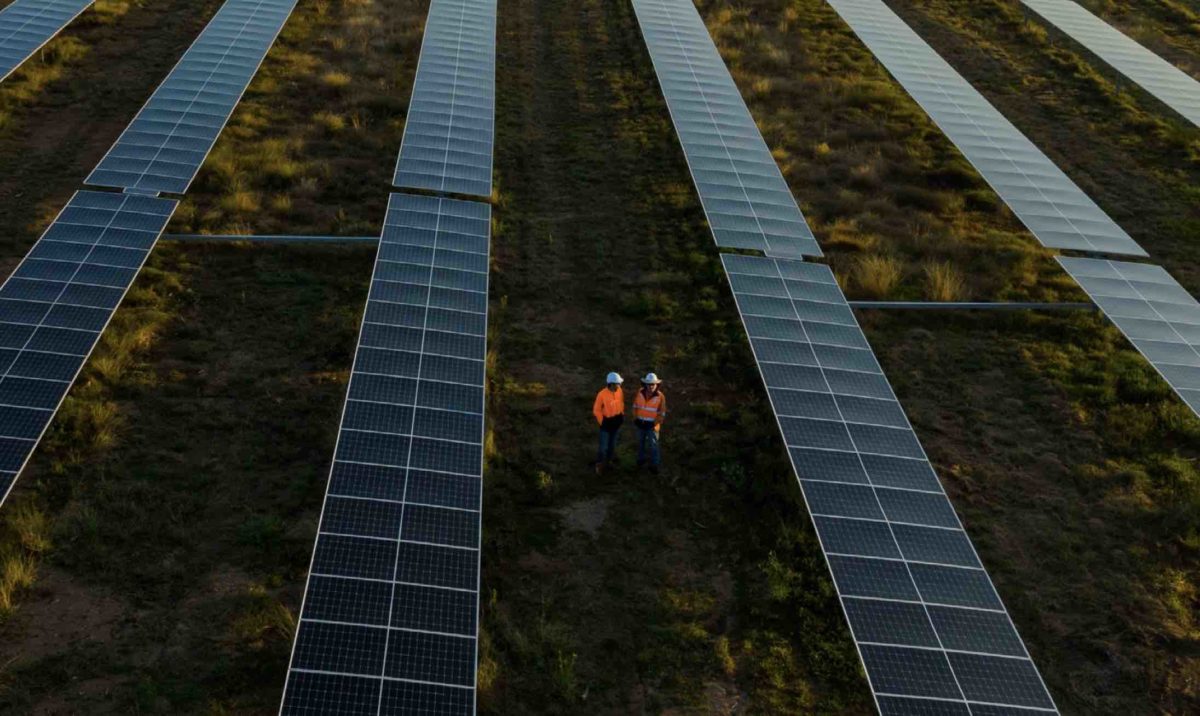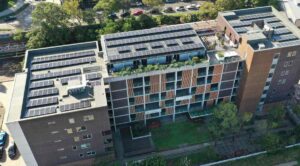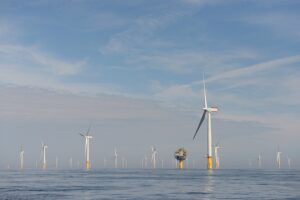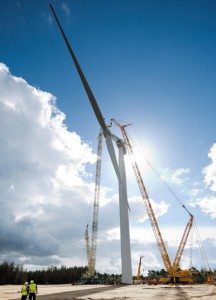The global transition to renewable energy has received significant attention this past week, with global leaders debating how to rapidly drive down emissions.
There isn’t a shadow of a doubt that we must urgently transition to renewable energy to secure our future – but it’s only half the story.
We need a radical shift in how we design, manufacture and use materials. These are plastics, metals, fibres, chemicals, food and building materials that are produced, bought and sold every day to power a global population that just hit 8 billion.
And we need to embrace circular engineering. A new concept for some, but as Australia’s first Chief Circular Engineer for Circular Australia, this engineering discipline will drive the jobs and industries of our future here in Australia and around the world.
Our one way ‘take-make-waste’ economy has led to widespread resource depletion of the earth’s finite resources and our growing consumption driven by an unrelenting focus on advancing economics is only accelerating it.
Our oceans, forests, savannahs and many mineral belts have been pillaged to the point where we are now breaching planetary boundaries.
When most of these products reach their end-of-life, some are recycled, but by far the majority end up in landfills and stockpiles, further releasing greenhouse gasses, leaching toxic chemicals and polluting our environment. And the production and use of products and food creates a massive 45 percent of global greenhouse gas emissions.
The good news is that nothing truly ever disappears, thanks to the first law of thermodynamics. It asserts that energy and matter cannot be created or destroyed – only transformed – conserving matter and energy in the process.
On the one hand this means the waste we create piles up and much of the energy we burn ends up as greenhouse gasses in the atmosphere – but it’s also a force that we can use for good.
By harnessing this first law and by tapping into great leaps in chemical engineering and materials science, we can create circular economies, where goods and materials are repurposed.
In the past we had far fewer techniques to do this, but now we have reached a chemical processing point where even plastic waste can be transformed into fuel, and greenhouse gasses can be captured and turned into useful materials.
Many are interested in the circular economy because they see it as a solution. Designing out waste and circulating products tackles the complex crises facing the globe above and beyond decarbonisation – including biodiversity loss and resource scarcity.
It cannot rely on scientific progress alone, as the name would suggest, our economic structures and thinking need to change, too.
Importantly, a circular economy is not only about recycling either – it is a much larger, whole-of-society system. In the circular economy, business models operate through the leasing of services, rather than sales of products, and are driven by economic incentives shared by all involved in a product’s lifecycle.
Extending product life becomes a deliberate business target in the circular economy instead of single use.
Take solar panels for example. Australia is now a world leader with more than three million installed across around 30 percent of homes.
By a rough estimate, that translates to 54 million panels, which if stacked up flat, would equate to 214 Mount Everests. Lined up end-to-end, this is equal to two-and-a-half times the length of the Earth’s equator. What happens to these panels when they inevitably reach their end-of-life or are no longer fit for purpose?
A circular business model would look at the service provided by the panels rather than the panels as an individual product. The model defines a business that would own the solar panel throughout its life, offering the consumer a lease, maintenance and repair arrangement instead of a sale contract.
For that business, the product sale profits shift to leasing income. This provides incentive for that business to seek to increase efficiency of the solar panel product and importantly prolong its life, by reengineering that panel through better design.
Those vast quantities of end-of-life panels should not be landfilled, but instead refurbished, recycled or broken down to extract the extensive value within – silicon, silver, glass and aluminium.
By circulating products and materials at their highest value, and regenerating nature, we will not only reduce waste but emissions, and get closer to meeting the targets set out by the Paris Agreement.
Our collective responsibility is to make a change in the way we make and consume things; incremental change will not be enough.
Not reimagining our economic systems would be irresponsible and ignore the sophistication of our modern economic thinking and vast technological development.
We have so many materials at our disposal we no longer need to rely on old world models of pillage, create and discard.
Professor Ali Abbas is the Chief Circular Engineer for Circular Australia and Acting Head of School of Chemical and Biomolecular Engineering, University of Sydney.










